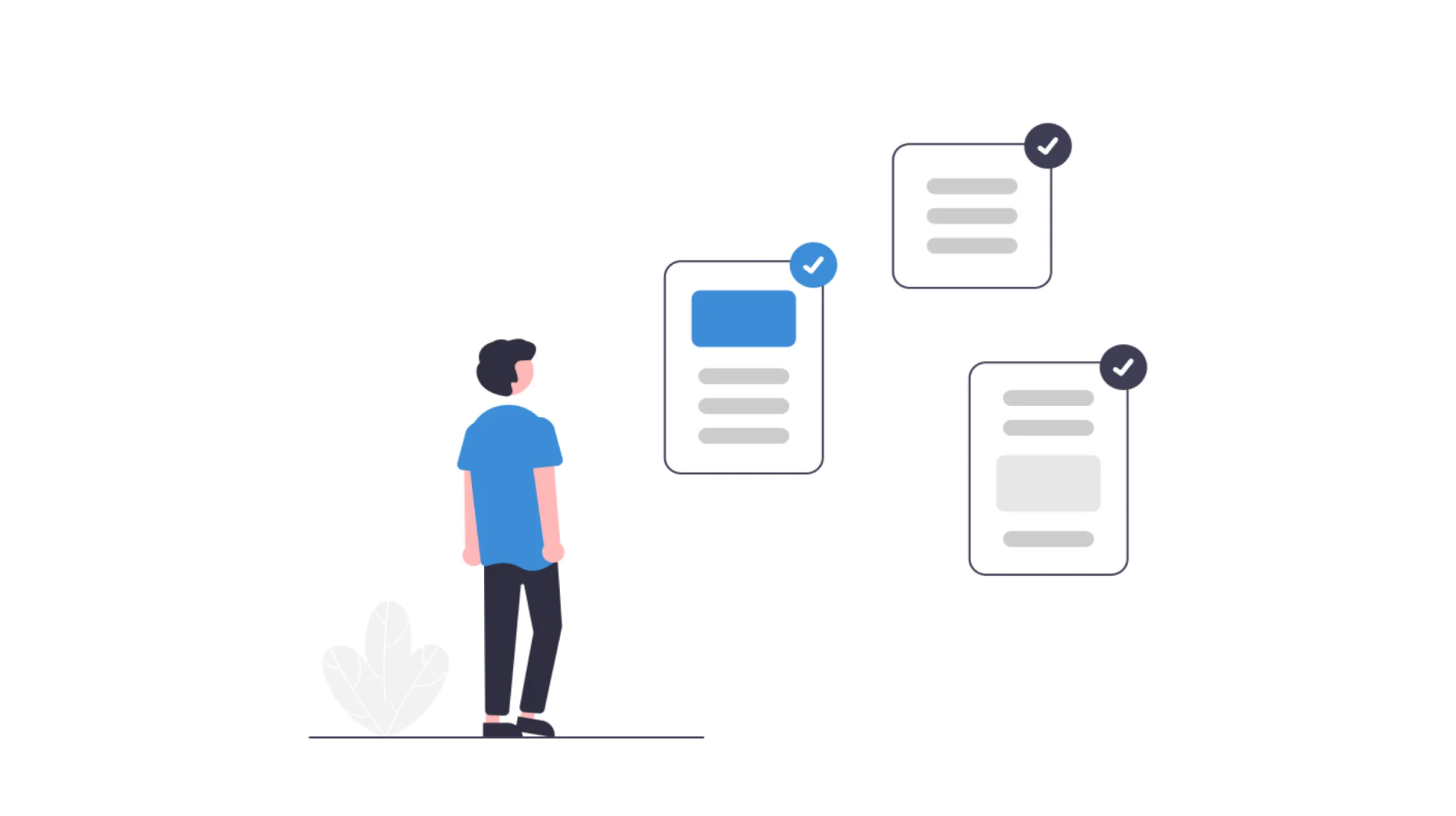When it comes to pricing rules for SaaS companies, things can basically be boiled down to six main principles.
First, consider the case of Sunsama.
Sunsama is a daily planner app for busy professionals, and has a document where they explain to users the thought process behind their pricing.
And looking at it, we thought this could be useful for other founders too…
You may not agree with all of them, but we are sure at least one of them will help you price your product better:
Table of Contents
Price should be determined by the value created
When you get a lot of value out of a service, it feels fair to pay a high price for it.
If your customers are generating $10,000 in revenue per month from your product, it can be very fair to charge them $1,000.
Consider Facebook ads. If a big company is paying Facebook (Meta) $100,000 per month to advertise on their platform, you can bet they’re getting more than $100,000 in revenue back.
If you think you’re making your user’s life exponentially better, you shouldn’t be afraid to raise your prices.
This also of course goes for products that don’t involve your customers getting a monetary ROI.
For example, Netflix is a great example of a leisure and entertainment product that doesn’t tend to have any issue raising its prices.
Free forever plans create bad incentives and aren’t sustainable
Users on free plans are fickle and their requests dilute the product. This, in turn, impacts other users.
On the other hand, having paying customers sends a signal to the company that users are getting value from it.
In turn, the company invests money to improve the experience for them.
Price for sustainability, not vanity
Having a huge free user base may land you a deal with a venture capitalist.
But a small cash flow won’t make you sustainable.
Many Sunsama competitors went out of business because they failed to make money even though their user base grew quickly.
No lifetime deal
Lifetime deals don’t incentivize a business to improve its product.
Discounts for commitment
Sunsama gives a discount only to users who commit to paying for a year.
When a customer commits for a year, they create cash flow for the business to improve their product. A discount from 10% to 35% off can make sense.
No Black Friday, Cyber Monday, or seasonal sales
A customer shouldn’t be penalized (or rewarded) when they find out about your product.
Moreover, these sales can give a false perception about the value of your product.
Aim for 3 pricing tiers
Don’t create too much choice.
Aim for a basic, pro, and premium/enterprise type of model.
- Basic provides the goods but limits features
- Pro is your most popular option (often highlighted) that opens things up
- Premium or Enterprise is for your power users
Adding more tiers than that is likely to increase churn, as it requires prospective customers to do more research and might make them confused.
This also goes beyond SaaS.
McDonald’s purposely constricts its menu.
Apple is also well-known for creating three pricing tiers.


